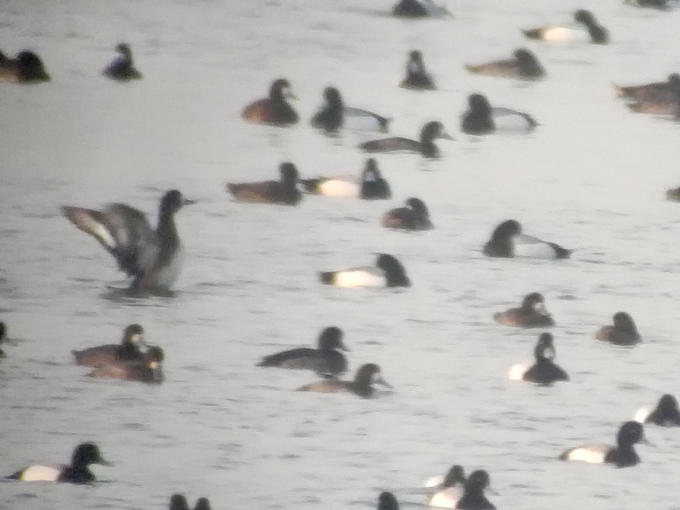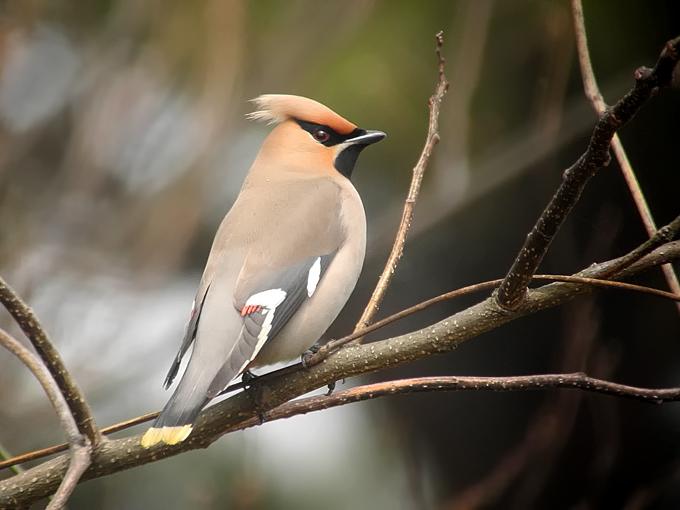Bird News from Nial Moores and Mike McCarthy
A quick visit to Saemangeum for research by one of the UK’s leading environmental journalists / writers Mike McCarthy (e.g. Independent journalist and author of the wonderful book “Say Goodbye to the Cuckoo”) was memorable for the company, conversation and also contrast between the natural abundance of the tidal-flats in Seocheon (Geum Estuary) and the decay of Saemangeum with all of its vast dead-scape of grass, concrete and rust.
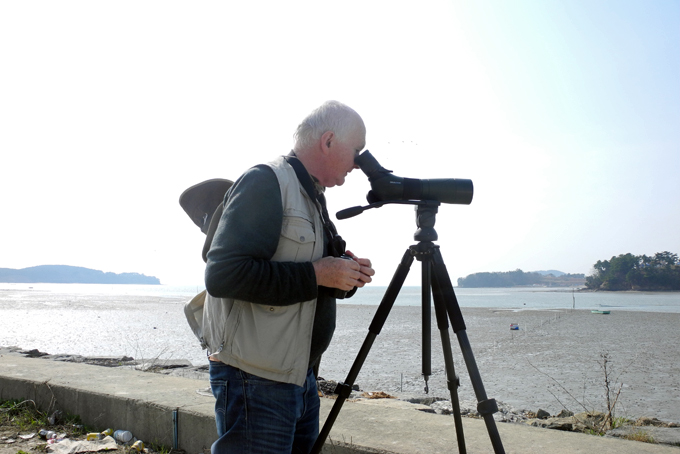

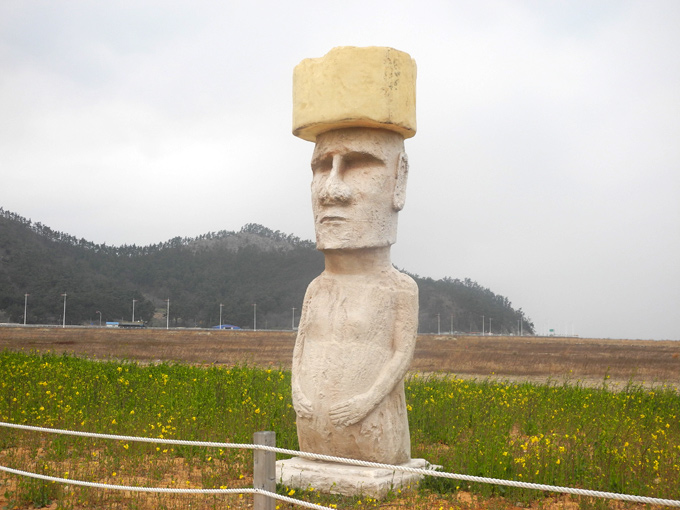


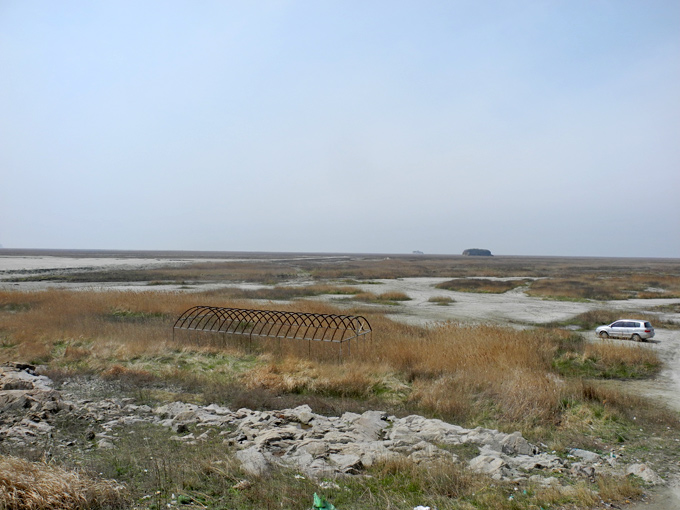
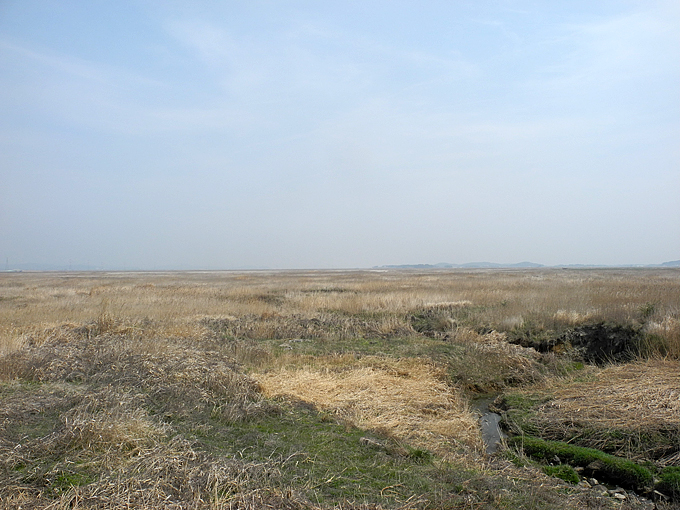
We found many fewer birds in Saemangeum (where most time was spent along the outer seawall, visiting the various roadside “parks”, and at Simpo, in between the increasingly-canalized Dongjin and Mangyeung rivers). There were a few trucks road-building on former tidal-flats, but there appeared to be less construction activity than in most other parts of the country. Most of the tidal-flats are now covered in reeds and other grasses – a vast area populated more by Far Eastern Cisticola (dozens heard in song) than any “city of the future”. The only shorebirds we found were 40-45 Far Eastern Oystercatcher, a dozen roosting Far Eastern Curlew and a small squadron of Kentish Plover. More numerous were Great Cormorants (200+) and especially Greater Scaup with a single raft of 1,900 (fringed loosely by c. 15 breeding-plumaged Black-necked Grebe) out near the seawall. In among the scaup, a few smaller, darker-backed males seen at range, and one smallish-looking female caught wing-flapping – showing obvious contrast on the upperwing: Lesser Scaup or variation within Greater? Other birding highlight was a group of three Bohemian Waxwing seen dropping in at Simpo from up-high.


